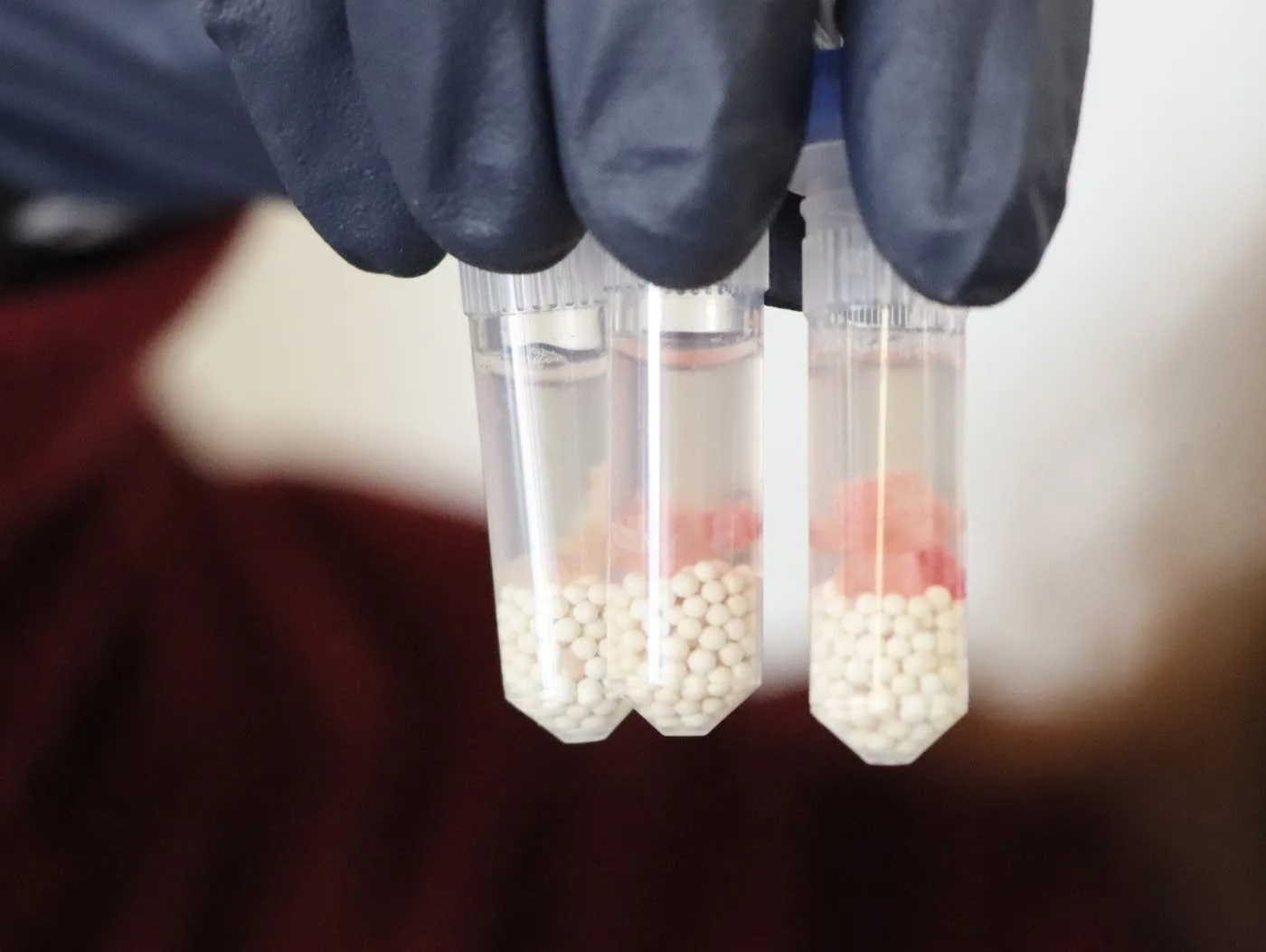As concerns about animal-to-human disease transmission rise, researchers at the University of Minnesota are diving deep into a pressing question: Could Chronic Wasting Disease (CWD) infect humans? Often referred to as the “zombie deer disease,” CWD is a fatal neurological illness affecting deer, elk, and other members of the deer family.
Although no cases of human infection have been confirmed, the disease’s similarity to other prion diseases—such as Creutzfeldt-Jakob Disease (CJD)—raises valid concerns about its potential to cross the species barrier.
What is Chronic Wasting Disease?
CWD is caused by prions, abnormal proteins that can trigger fatal brain damage. Found in deer and elk populations across North America, the disease spreads through infected bodily fluids, contaminated environments, and close contact between animals. CWD leads to drastic weight loss, behavioral changes, and ultimately, death.
The disease has already impacted wildlife management practices, hunting regulations, and the venison industry. However, the possibility of a human infection would have far-reaching implications for public health and food safety.
Why Are Researchers Concerned?
Scientists at the University of Minnesota are leading efforts to better understand CWD’s potential risks to humans. By studying prion behavior and conducting laboratory experiments, they aim to assess whether CWD could evolve to infect humans who consume or handle infected meat.
The concern stems from historical precedents, such as the transmission of mad cow disease (Bovine Spongiform Encephalopathy) to humans in the 1990s, which caused a variant of Creutzfeldt-Jakob Disease
“The parallels are striking,” notes Dr. Sarah Anderson, one of the lead researchers on the study. “Although the evidence isn’t definitive yet, prion diseases have shown us that cross-species transmission is possible under the right conditions.”
Steps Toward Preparedness
The University of Minnesota’s research focuses on several key areas:
- Prion Detection: Developing more sensitive methods to detect prions in meat and the environment.
- Risk Assessment: Studying factors that could facilitate transmission, such as genetic susceptibility in humans.
- Public Awareness: Educating hunters and the general public on safe handling practices for game meat.
The team is also collaborating with state and federal agencies to monitor CWD outbreaks and establish preventive measures.
What Does This Mean for You?
While no evidence currently supports CWD infecting humans, caution remains essential. Health experts recommend hunters take the following steps
- Test Your Game Meat: Have deer and elk tested for CWD before consumption.
- Wear Protective Gear: Use gloves and avoid cutting into the spinal cord or brain when processing game.
- Stay Informed: Keep up with local wildlife management updates about CWD.
A Call for Vigilance
The research from the University of Minnesota underscores the need for vigilance and proactive measures. As the team continues to study CWD, their findings will play a crucial role in safeguarding both wildlife and public health
While the leap from deer to humans remains hypothetical, preparedness is key to preventing potential health crises
#ChronicWastingDisease #PublicHealth #WildlifeResearch #HumanHealth #DeerDisease #UniversityofMinnesota #PrionDiseases #CWDResearch #HuntingSafety #GameMeatTesting




+ There are no comments
Add yours